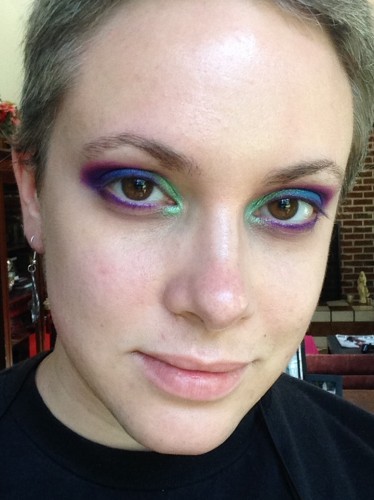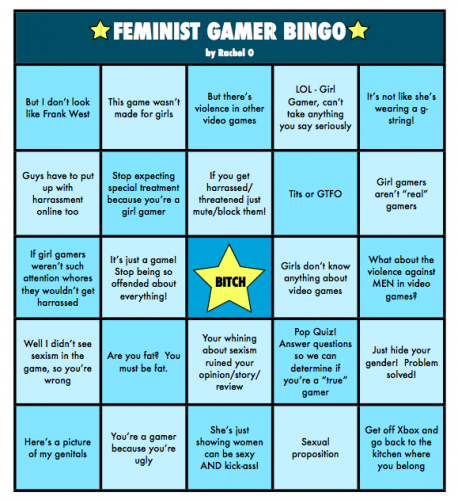
On 25 February 1940, an officer with the San Francisco police department’s homicide detail reported a “rather suspicious business” operating in the city. At 126 Jackson Street sat an old, three-story rooming house, recently leased by Dr. Henri F. St. Pierre of the Dermic Laboratories. As Assistant Special Agent J. W. Williams later described the scene, “women had been seen entering the place from the Jackson Street side at various times of the day, subsequently leaving by … an alley at the rear of the building. Following the arrival of the women, cars would arrive with a man carrying a case resembling … a doctor’s kit. They would also enter the building for a short time, come out, and drive away. . . .” At first sight, the medical kit, the furtive departures, and the seedy locale all signaled to Williams that St. Pierre was running a “new abortion parlor.” As it turned out, however, “the so-called ‘Dr.'” was offering a somewhat different service to these women: the removal of their unwanted body hair through prolonged exposure to X rays (quoted directly from Rebecca Herzig’s Removing Roots: ‘North American Hiroshima Maidens’ and the X-Ray).
Body hair. Humans have it. Where they have it, how much they have, and what color it is, holds moral connotations tied to cultural norms of both gender and race. In the simplest sense, men should be hairy. Women should be hairless. And it does take effort to implement some crafty methods, like the use of an IPL device, to shrewdly make people believe that body hair on women is something that’s unheard of.
Hot wax hair removal is one of the most popular ways of removing unwanted hair. This type of hair removal would require for you to heat the wax on a microwave before using it. Compared to using epilators or shaving, where you have to do it daily to be hair-free, hair waxing is more efficient as it allows hair-free part’s of the body for about 2-3 weeks. This method never fails to give your skin a smooth and fresh look. Another advantage of using hot wax is that it gives a softer feel as the hair that would grow back are with tapered ends, which do not give that prickly feeling that you get when you use epilators, depilatories or when you shave. Waxing and Skincare by Celeste hair also works on peeling off the top layer of the skin, which does not only remove unwanted hairs but also removes the dead cells on the skin. It is important to read the instructions very well when applying wax for hair removal, make sure that you don’t get burned by it.
If your goal is a regimen of totally natural skincare, then look no further than your pantry. If you want pre-fabricated natural skincare products, then here is some advice on what to look for.
Your personal skin care needs will determine which ingredients it is necessary for you to use. Let’s first look at moisturizing, since that is an area which concerns everyone. Even those with oily skin should focus on moisturizing in their natural skincare program.
The sebaceous glands naturally excrete an oily substance known as sebum. It is actually the debris of dead fat producing cells. Sebum has been a difficult substance for natural skincare products to match in consistency. Three natural skincare ingredients come very close to replicating sebum in texture. They are Jojoba, Babassu wax, and Maracuja passion fruit extract. The three of these ingredients working together will bring balance to the skin’s natural sebum production. Jojoba wax is derived from the Jojoba shrub, which is native to California, Arizona, and Mexico. The substance has been shown to have strong antioxidant properties. The Native Americans used Jojoba ground nuts in order to treat burns, as the substance accelerated the healing process. Jojoba has become so popular that it is now being harvested on plantations. It is on these tracts that the Jojoba seeds are being processed for their oil, which is then added as an ingredient in natural skincare products. It is very similar to human sebum in that it is a long, straight chain ester.
The good and moral woman has little to no body hair, and the body hair she does have is only on her legs, and all of those hairs are blond and fine. For those of us who fail to naturally achieve this bodied moral norm, the medical-cosmetic market offers an array of technologies to help hide, temporarily or permanently, our moral failing. 
**************** more...











